HISTORY OF NUKLEAR MALAYSIA
The establishment of Agensi Nuklear Malaysia (Nuklear Malaysia) was mooted from idea of the then Malaysia’s Deputy Prime Minister, Tun Dr. Ismail Dato’ Abdul Rahman, that Malaysia should play a role in the development of nuclear science and technology for peaceful purposes. The Centre for Application of Nuclear Energy (CRANE) was the entity to mark the of Malaysia’s nuclear programme, focussing on manpower development for a nuclear power programme to provide an option for energy source, following the worldwide oil crisis of the early 1970’s. The Cabinet officially approved the establishment of the Tun Dr. Ismail Atomic Research Centre (PUSPATI), under the Ministry of Science, Technology and the environment on 19 September 1972. The era of nuclear research in Malaysia began with the historic event signified by the Reaktor TRIGA PUSPATI reaching its first criticality on 28 June 1982.
To reflect its vision, mission, objectives and activities in the challenging world, a new identity was established, and was officially named as Agensi Nuklear Malaysia (NUKLEAR MALAYSIA) on 28 September 2006
When Puspati was placed under the auspices of the Prime Minister’s Department, it assumed the name Nuclear Energy Unit (UTN). The Nuclear Energy Unit was later placed under the Minister of Science, Technology and the Environment. In line with the national development, the institute was name Malaysian Institute for Nuclear Technology Research (MINT) on 10 August 1994. To reflect its vision, mission, objectives and activities in the challenging world, a new identity was established, and was officially named as Agensi Nuklear Malaysia (NUKLEAR MALAYSIA) on 28 September 2006. Agensi Nuklear Malaysia, is strategically located nearby the government administration, centre Putrajaya, and Cyberjaya.
Malaysia’s progressive programme on industrialisation and manufacturing was reflected in Agensi Nuklear Malaysia, through the establishment and development of the important laboratories and facilities. These include Non-Destructive Testing Laboratory, SINAGAMA Plant, Electron Beam Processing Service Centre, Gamma Irradiation of Rubber Latex Plant, Non-Ionising Radiation Laboratory, Secondary Standard Dosimetry Laboratory, Radioisotope Production Laboratory, Environmental Laboratory, Analytical Chemistry Laboratory, Radioactive Waste Management Centre, Flora Centre and Tissue Bank. Through these facilities, nuclear science and technology assume an important and significant role in the national development programme. It is hoped that this booklet would provide useful insight to the public on the facilities and activities at Agensi Nuklear Malaysia, a progressive national research institution.

